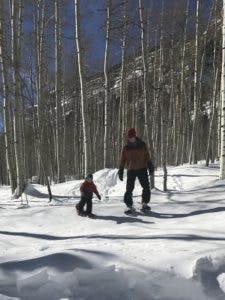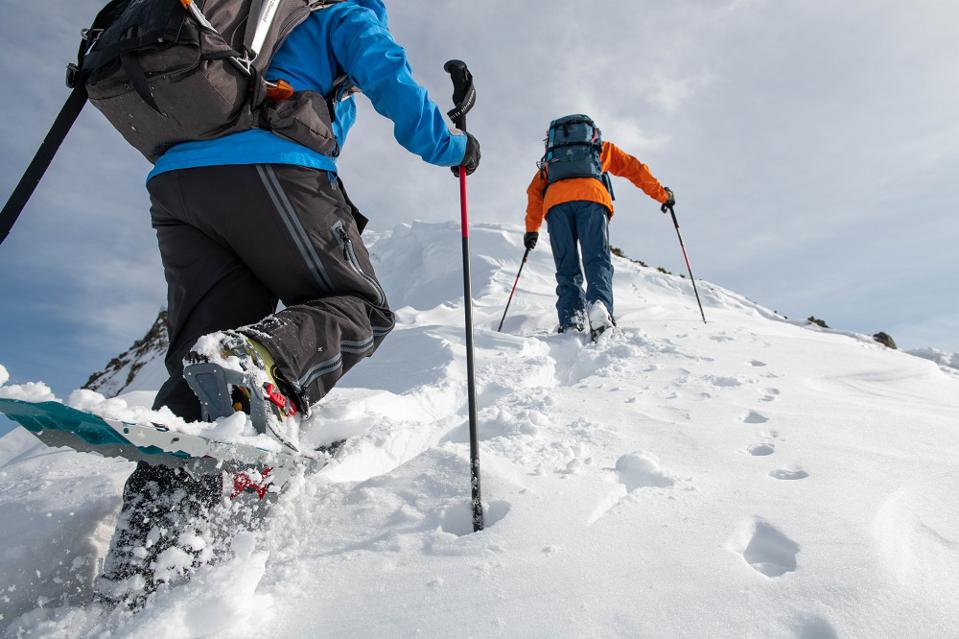It may feel like has Spring has already sprung here in town, but up in the high-country there are still plenty of days left to participate in one of our area’s favorite wintertime activities: snowshoeing. For those who may not necessarily like to ski or snowboard, snowshoeing is a great way to get into the great outdoors in the winter as well as a great way to get your heart rate up. Whether it’s a gently paced walk on a traversing trail, a more steep incline and decline (with a couple bouts of sliding on the way down!), or a running race on snowshoes (yes, those do exist!), folks of all levels can participate in this activity. In fact, a survey in 2006 found that approximately 5 million people participate in snowshoeing, and they estimate that this number is growing.1

A fairly recent study from researchers at CSU in Ft. Collins and a university in Australia wanted to get down to the nitty gritty of “how we move” in snowshoes AKA the biomechanics of it.1 I won’t engage you in all of the intricate details, but in general we tend to stand in a more flexed, or bent, position of our hips and knees, pull our hips into more of a bend while swinging our legs forward, and start to point our toes a little sooner as we are about to put our foot on the ground while stepping forward.1 These changes in the way we move while snowshoeing, namely the semi-“crouch” position we end up in, are likely the main reason that we expend more energy versus overground walking as it requires more use of our leg muscles and is less efficient than the normal heel-to-toe walking that we usually do.1 For something that expends your energy twice as much as walking a level ground, snowshoeing turns out to be a great way to exercise during those winter months when you’re feeling a little more cooped up!1 So, hopefully you are able to get out there and enjoy a little bit more of the high-country snowshoe trails before the snow melts this spring and don’t hesitate to talk to your physical therapist about the value of snowshoeing.
- Browning RC, Kurtz RN, Kerherve H. Biomechanics of walking with snowshoes. Sports Biomechanics. 2012;11(1):73-84.

